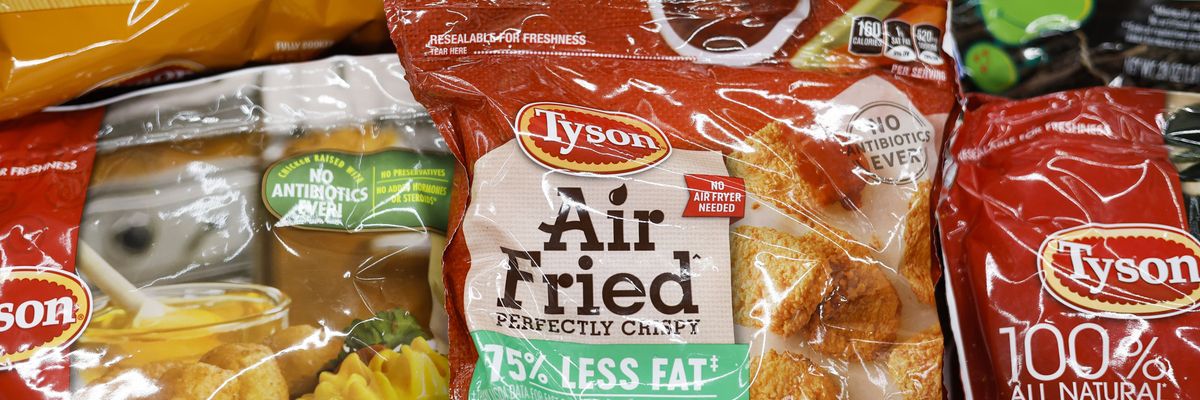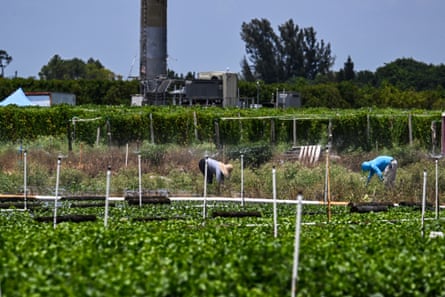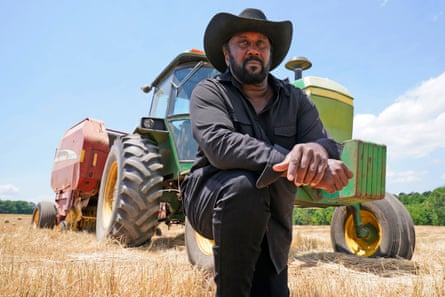In 2024, Project Censored introduced Beyond Fact-Checking: A Teaching Guide to the Power of News Frames to critically analyze narrative strategies media outlets use to present news stories. Framing shapes how we understand these stories by emphasizing certain aspects and downplaying others, ultimately promoting a particular interpretation of events. The point of framing is that it’s subtle and extremely easy to overlook, so the guide walks readers through framing red flags, such as selective sourcing, passive voice in headlines, and deceptively cropped images.
Although my colleague, Andy Lee Roth, and I initially developed this guide to educate students about how news can be factually accurate and still misleading due to framing, this concern is not limited to news. Framing shapes our interpretations of all kinds of content seen online every day.
After all, we’re all the architects, or framers, of our personal online presence. We carefully curate what we want others to see or know about us and deliberately omit the less desirable aspects of our lives. But in a more extreme form, this curation becomes the domain of influencers, where false advertising, dubious health recommendations, or shameless self-promotion are often tools to boost one’s image and ultimately generate significant income.
Algorithmic curation on platforms like X, Instagram, and TikTok also works to make framing a mostly invisible practice. Algorithms subtly amplify certain narratives more than others, ultimately trapping users in harmful echo chambers they’re unaware of.
For example, a user who repeatedly comes across a particular type of political content can begin to assume that most others on the platform share that same perspective. When, in reality, it’s not a matter of consensus—it’s a feedback loop. The user simply engages the most with that kind of content and certain accounts, signaling to the algorithm to feed them more of the same. This reality may feel organic, but tech companies have thoroughly engineered this exclusive focus over time.
In 2013, the Federal Trade Commission (FTC) cracked down on influencers and celebrities peddling products without disclosing brand partnerships, marking the beginning of the .Com Disclosures. By 2017, the FTC began improving disclosures on social media specifically, sending out more than ninety warning letters to influencers and celebrities about clearly identifying brand partnerships in posts, using hashtags like #sponsored or #ad.
Notably, in 2020, the FTC alleged that the brand Teami Blends misled consumers by not “adequately disclos(ing) payments to well-known influencers.” The brand’s 30 Day Detox Pack, promoted by Cardi B, Jordin Sparks, Alexa PenaVega, and others, was touted as a sort of miracle product that would help consumers lose weight, fight or prevent cancer, and clear clogged arteries, among other unsubstantiated claims.
Influencers’ “before and after” photos showed thinner versions of themselves, suggesting these positive body transformations were the result of using Teami’s teas, instead of what was likely a combination of rigorous diet and exercise. Moreover, the FTC said that when influencers did disclose paid partnerships, the relevant hashtags were often not visible unless users clicked a link to read more.
In November 2023, the FTC sent warning letters to lobbying group American Beverage Association (ABA), the Canadian Sugar Institute, and health influencers with a cumulative follower count of more than 6 million across TikTok and Instagram, saying it had identified nearly three dozen posts that “failed to clearly disclose who was paying the influencers to promote artificial sweeteners or sugary foods.” Unlike Teami Blends’ partnership posts, these posts were clearly captioned #ad, but they offered followers no clear identification of the influencers’ sponsors.
One follower of Mary Ellen, or @milknhoneynutrition, a registered dietitian with more than 150,000 Instagram followers, commented on the partnered post, saying, “Genuine question – your post says this is an ad/paid partnership…with who? Diet Coke? Aspartame? The FDA? The ADA? The WHO? I’m just curious…” By leaving the partnership unidentified, Mary Ellen could convince followers that her endorsement was more neutral or personally motivated than it was.
Beyond the FTC violation, critics argued that online dietitians flogging the safety of sugar substitutes was inappropriate, if not unethical.
Of course, consumer awareness is an essential ethical consideration. But what happens when FTC guidelines have not been violated, when disclosures are clear and conspicuous, but the concern that should be disclosed isn’t the paid partnership itself, but instead, the political and moral implications of the partnership?
For her “Challenge Accepted” series, YouTuber Michelle Khare, whose channel has more than 5 million subscribers, became an army soldier for a day, sponsored by (you guessed it) the United States Army. Khare’s video highlights the physical commitment of training, including obstacle courses, parachute operations, and marksmanship. However, her video neglects to emphasize the actual challenges and responsibilities of military life, such as combat risks and stress, and long-term contractual obligations. Instead, the video glorifies military service by framing it as an opportunity to travel, pursue education, and learn foreign languages, without addressing some of the most obvious risks and consequences.
Khare’s army video is a clear departure from a lot of her other content in the original series, including videos where she tries anchoring the news, training like a chess grandmaster, or joining the traveling circus. In these, Khare gains a deeper appreciation and understanding of the skill, discipline, and dedication required in a wide range of professions. However, Khare’s army video, and her previously sponsored Marine boot camp video, deliberately blur the line between entertainment and recruitment. The underlying message is: This could be a better version of who you are now.
Framing is everywhere and often intentionally subtle. Even the most skeptical among us can fall prey to curated realities, algorithmic manipulation, and persuasive narratives cloaked in (apparent) neutrality. These days, it’s not enough for the news we consume and social media accounts we follow to pass a fact-check. We must be vigilant frame-checkers, off and online, asking ourselves how facts are presented, what perspectives are prioritized or outright excluded, and whose interests are served.
We can’t eliminate misinformation or misleading framing, but we can try to see it more clearly.
This originally appeared on Project Censored.





